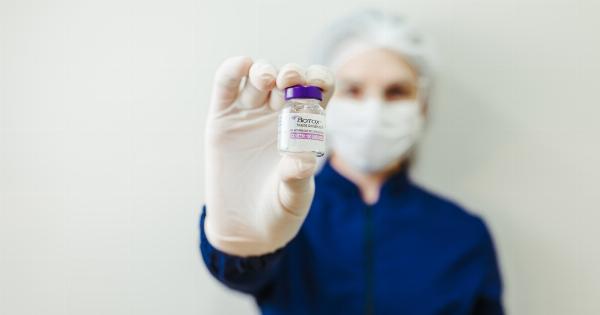Peeling treatments have become increasingly popular in the skincare industry. From chemical peels to fruit enzyme peels, there are a variety of options available to help you achieve a fresh, rejuvenated complexion.
But with so many choices, how do you know which peel is right for you? In this guide, we will explore different types of peels and their applications, so you can make an informed decision.
The Benefits of Peeling
Before diving into the various peeling applications, let’s first understand why peeling treatments are beneficial for your skin.
Peels are designed to remove the outermost layer of dead skin cells, revealing smoother, brighter, and more youthful-looking skin underneath. They can help with a range of skin concerns, including:.
- Acne and blemishes
- Uneven skin tone
- Fine lines and wrinkles
- Sun damage
- Hyperpigmentation
Now, let’s explore different peeling options and their specific applications:.
1. Chemical Peels
Chemical peels are one of the most common types of peels used in professional settings. They involve the application of a chemical solution to the skin, which exfoliates the surface and stimulates cell turnover.
Chemical peels can be categorized into three depths: superficial, medium, and deep.
Superficial chemical peels: These peels typically use gentle acids, such as alpha-hydroxy acids (AHAs) or beta-hydroxy acids (BHAs), to exfoliate the outermost layer of the skin.
They are effective for treating mild acne, uneven skin tone, and improving overall skin texture.
Medium chemical peels: These peels penetrate deeper into the skin, targeting the middle layer.
They often use trichloroacetic acid (TCA) or glycolic acid to address more significant skin concerns, including sun damage, wrinkles, and pigmentation issues.
Deep chemical peels: Deep peels are the most aggressive type and require a longer recovery time.
They involve the application of strong acids, such as phenol, to deeply penetrate the skin and address severe skin imperfections, including deep wrinkles and extensive sun damage. These peels are typically performed under the supervision of a dermatologist.
2. Enzyme Peels
Enzyme peels, also known as fruit enzyme peels, are a gentler alternative to chemical peels. Instead of using acids, these peels utilize natural enzymes found in fruits like papaya, pineapple, and pumpkin.
Enzyme peels work by digesting dead skin cells, leaving the skin smoother and brighter.
These peels are particularly suitable for individuals with sensitive skin who may not tolerate the stronger acids used in chemical peels. Enzyme peels can help improve skin texture, diminish fine lines, and reduce mild hyperpigmentation.
3. Microdermabrasion
Microdermabrasion is another popular exfoliation technique used to improve the skin’s appearance. While not technically a peel, it is often included in discussions about peeling applications.
During a microdermabrasion treatment, a handheld device gently sands the skin, removing the outer layer and promoting cell turnover.
This procedure is less invasive than chemical peels and enzyme peels, making it suitable for individuals with sensitive skin or those who prefer a milder treatment.
Microdermabrasion can help with fine lines, clogged pores, acne scarring, and uneven skin tone.
4. DIY Peels
If you prefer to take a DIY approach to peeling, there are various at-home peel options available. These typically come in the form of masks or exfoliating pads containing mild acids or enzymes.
While these may not be as potent as professional peels, they can still offer some benefits, such as improving skin texture and brightening the complexion. However, it is essential to follow the instructions carefully and avoid using DIY peels if you have sensitive or reactive skin.
Choosing the Right Peel
When selecting a peel, it’s essential to consider your skin type, concerns, and desired results.
If you’re unsure, it’s always best to consult with a skincare professional who can assess your skin and recommend the most suitable peel for you.
Additionally, it’s crucial to follow pre- and post-peel instructions carefully to ensure optimal results and minimize any potential side effects. This may include avoiding sun exposure, using gentle skincare products, and moisturizing regularly.
Conclusion
Peeling treatments offer a range of benefits for various skin concerns, from acne and hyperpigmentation to fine lines and sun damage.
Whether you opt for a chemical peel, enzyme peel, microdermabrasion, or an at-home DIY peel, understanding the different types of peels and their applications is essential in choosing the right one for your specific needs. Remember to consult with a skincare professional and follow the necessary instructions for a safe and effective peeling experience.































